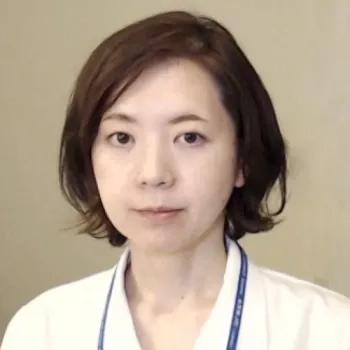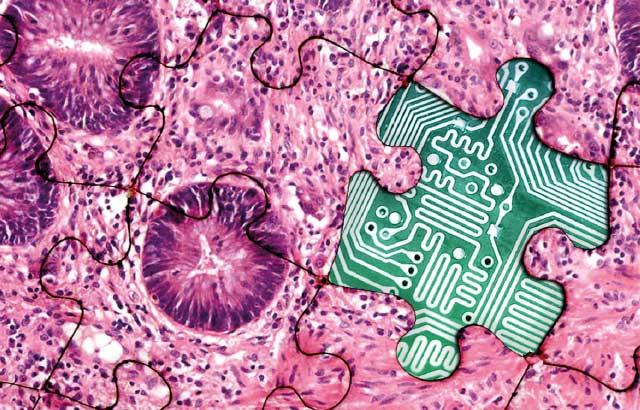Making the most of the Digital Pathology System: Beyond a simple connection between LIS and IMS
The amount of information that pathologists handle on a daily basis is increasing with the complexity of diagnostic procedures, and there is a need to reduce the workload per person.
One of the approaches to improve efficiency is to digitize information. The aim of digitization in pathology is not to replace pathologists with machines, but to support pathologists in complicated and time-consuming tasks.
Over the past two years, we have implemented a digital pathology system at our institute and integrated it with laboratory and hospital systems.
Through digitization, the data can be processed, analyzed and shared over a network, replacing individual tasks with data processing, thus automating them, and reducing time.
As a result, pathologists will concentrate on more essential tasks and improve their overall workflow. In this presentation, we discuss how we have utilized digital data and integrated databases, and some of the practical issues involved.
About the presenter

Dr Tsuyama is a board-certified pathologist with over 15 years of clinical experience. She received training in cancer diagnostics, specializing in hematopathology, at the Cancer Institute Hospital of the Japanese Foundation for Cancer Research in Tokyo. Since 2018, this institute has been developing the Innovative AI Hospital System as part of a national project, aiming to incorporate AI into clinical practice and extend its benefits to various medical service providers. Dr Tsuyama plays a crucial role in integrating the digital pathology system with laboratory and hospital infrastructures, elevating the efficiency of pathology workflows, and leading the development of an AI-assisted support system for diagnostics.
Related Content
El contenido de Leica Biosystems Knowledge Pathway está sujeto a las condiciones de uso del sitio web de Leica Biosystems, disponibles en: Aviso legal.. El contenido, incluidos los webinars o seminarios web, los recursos de formación y los materiales relacionados, está destinado a proporcionar información general sobre temas concretos de interés para los profesionales de la salud y no está destinado a ser, ni debe interpretarse como asesoramiento médico, normativo o jurídico. Los puntos de vista y opiniones expresados en cualquier contenido de terceros reflejan los puntos de vista y opiniones personales de los ponentes/autores y no representan ni reflejan necesariamente los puntos de vista ni opiniones de Leica Biosystems, sus empleados o sus agentes. Cualquier enlace incluido en el contenido que proporcione acceso a recursos o contenido de terceros se proporciona únicamente por comodidad.
Para el uso de cualquier producto, debe consultarse la documentación correspondiente del producto, incluidas las guías de información, los prospectos y los manuales de funcionamiento.
Copyright © 2025 Leica Biosystems division of Leica Microsystems, Inc. and its Leica Biosystems affiliates. All rights reserved. LEICA and the Leica Logo are registered trademarks of Leica Microsystems IR GmbH.


